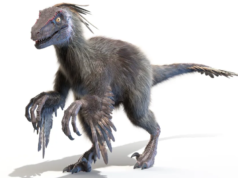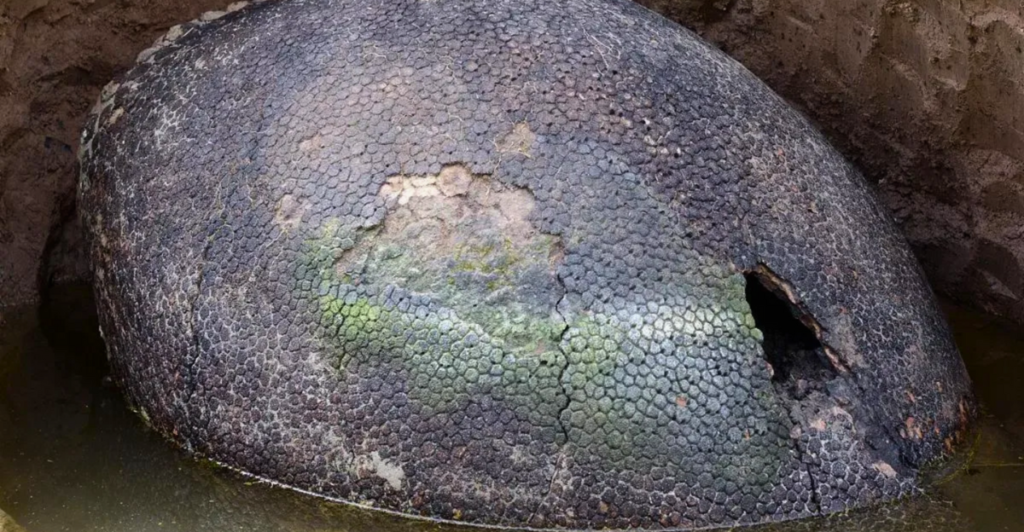
People find fossils in museums, deserts, and even cliffs—but rarely while herding cattle. That’s exactly what happened when a farmer and his dog stumbled on something incredible in the Argentine countryside: four giant, armor-plated creatures buried by time. They weren’t dinosaur eggs or rocks—they were 20,000-year-old Glyptodons, relatives of the armadillo that once roamed alongside humans. This chance discovery is rewriting our understanding of extinction, climate, and the quiet stories still hidden beneath our feet.
The Remarkable Discovery

In a groundbreaking archaeological event, an Argentine farmer and his loyal dog made an extraordinary find near the Vallimanca stream while herding cattle. As drought conditions exposed hidden remains, the farmer noticed unusual shapes protruding from the earth—fossils of ancient giants.
These fossilized glyptodons, relatives of modern armadillos, were once dominant in South America. Weighing as much as a small car and stretching up to ten feet, these creatures roamed the continent around 20,000 years ago.
The discovery not only enhances our understanding of prehistoric South American fauna but also provides valuable evidence of early human presence in the region, challenging previously held beliefs about human migration and coexistence with megafauna.
Anatomy of an Ancient Giant
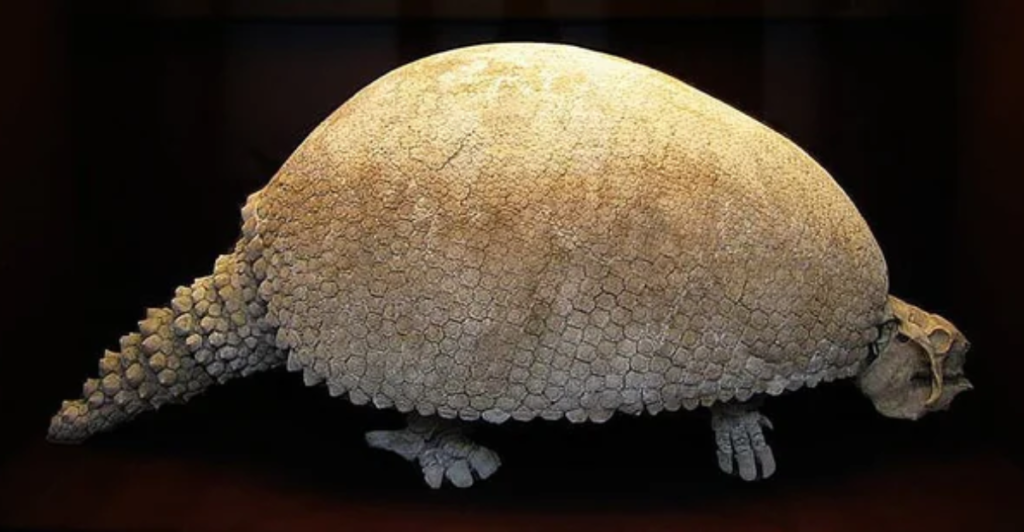
Glyptodons, the colossal ancestors of armadillos, were true giants of the Pleistocene. These herbivores were completely different from their modern counterparts, possessing a massive, dome-shaped armor made of interlocking bony plates.
The specific species discovered, Neosclerocalyptus, had a thick, unyielding shell for defense. Unlike modern armadillos, glyptodons couldn’t roll up into a ball to protect themselves, relying instead on their durable armor.
Their tails were often equipped with club-like structures, possibly used in territorial battles or mating competitions. The fossils revealed intricate details of their skeletal structure, offering valuable insights into how these 600-pound creatures lived, moved, and thrived in a landscape full of predators.
The Excavation Process
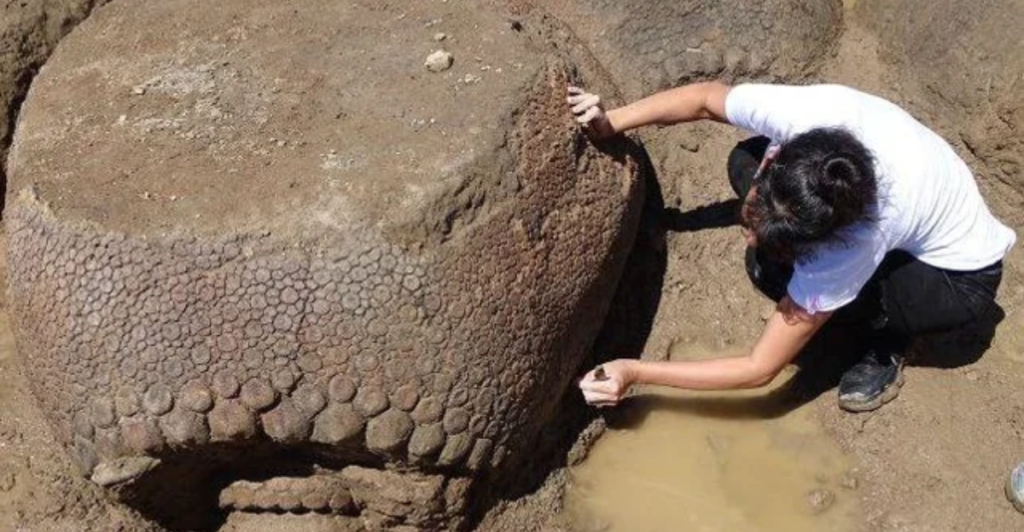
Unearthing the glyptodon remains required delicate excavation work. After the initial discovery, paleontologists from the National University of La Plata were called in to carefully retrieve the exposed fossils.
Using advanced techniques like 3D scanning and photography, they meticulously documented each bone fragment to preserve the context of the find. Their careful work uncovered 32 distinct marks on the fossils, which were crucial for understanding whether they were caused by natural forces or human interaction.
The site’s ideal preservation conditions in Argentina’s Pampean region allowed for the retrieval of key skeletal pieces, including parts of the pelvis, tail, and the iconic armored shell, essential for reconstructing the creature’s biology and lifestyle.
Dating the Discovery
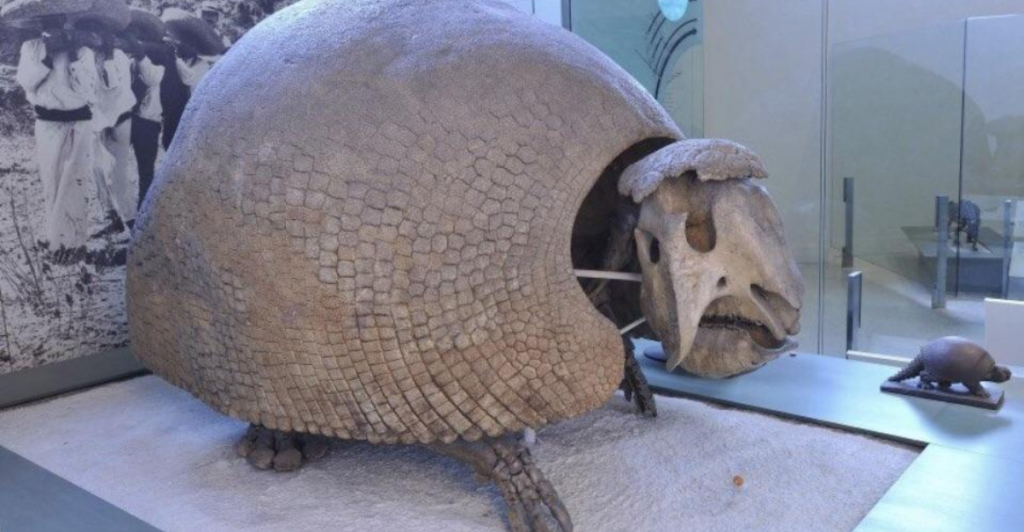
The precise dating of the glyptodon fossils was a pivotal step in understanding their historical significance. Radiocarbon dating techniques revealed that the fossils were approximately 21,000 years old, placing them firmly in the Late Pleistocene, just before the Ice Age ended.
This finding significantly reshapes our timeline of South American prehistory, suggesting that the glyptodons lived much later than previously believed. The fossils’ age places them in an era when humans were already present in the region, challenging long-held assumptions about the arrival of early human settlers in the Americas.
The age of the fossils not only rewrites the chronology of megafauna in South America but also aligns with major climatic changes during the end of the Ice Age.
Evidence of Human Interaction
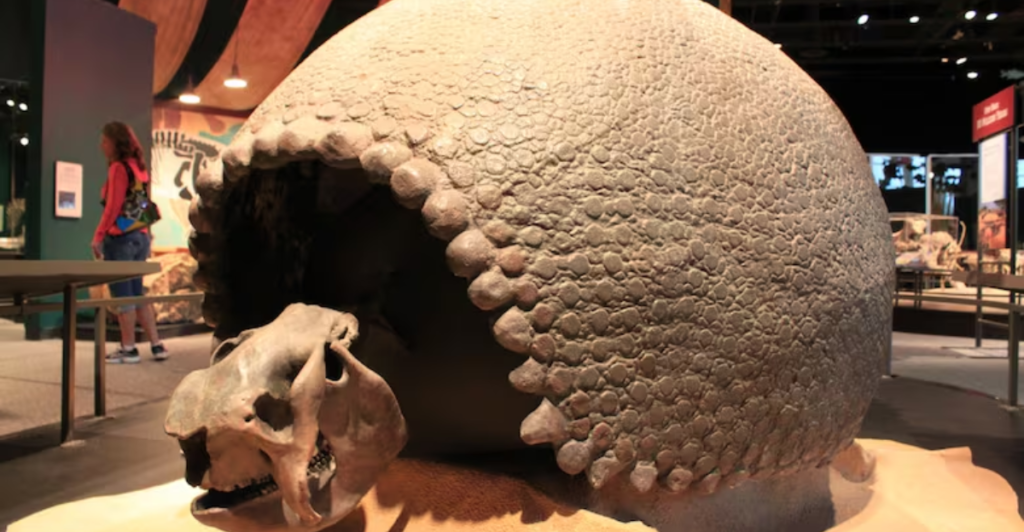
Perhaps the most striking aspect of the glyptodon fossils is the evidence of human activity. Close inspection revealed cut marks on the bones, specifically on the pelvis, tail, and body armor—areas likely targeted for their meat.
These marks, with V-shaped cross-sections, are consistent with the use of stone tools, providing the first direct evidence of early humans hunting these massive creatures. Statistical analysis confirmed these marks were not the result of natural processes like carnivore damage, reinforcing the idea that humans interacted with glyptodons far earlier than previously believed.
This discovery is groundbreaking in proving that humans were not just coexisting with megafauna, but actively hunting and consuming them.
Rewriting Human Migration History
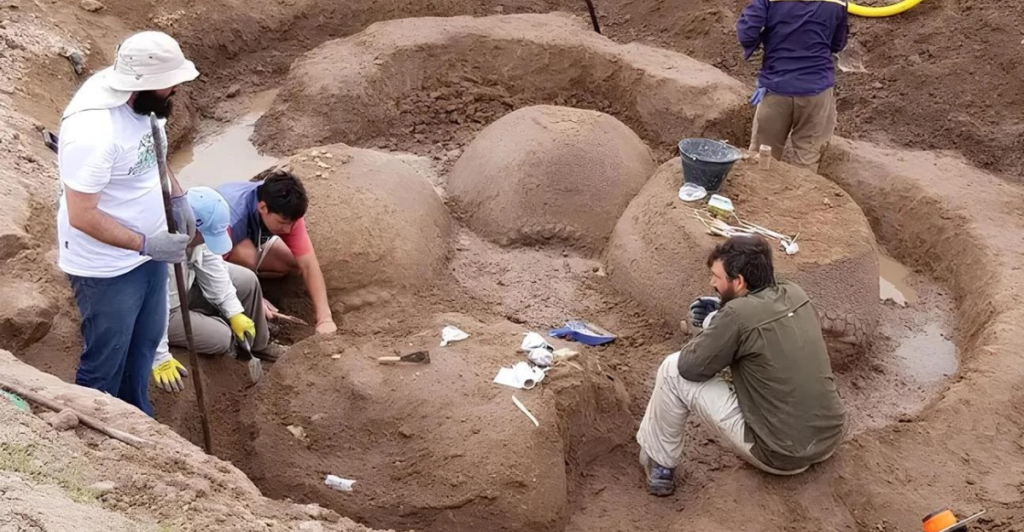
This glyptodon discovery forces a complete rethink of the history of human migration into the Americas. Traditionally, it was believed that humans arrived in South America around 15,000 years ago, entering via a North American migration route.
However, the discovery of glyptodon remains modified by humans, dating back 21,000 years, suggests that early settlers reached southern South America much earlier than expected. This finding supports a growing body of evidence that challenges established migration timelines, showing that humans were not only present but actively engaging with megafauna much sooner than previously documented.
This rewrites our understanding of the speed and extent of human migration, technological innovation, and adaptability in prehistoric times.
Prehistoric Argentine Landscape
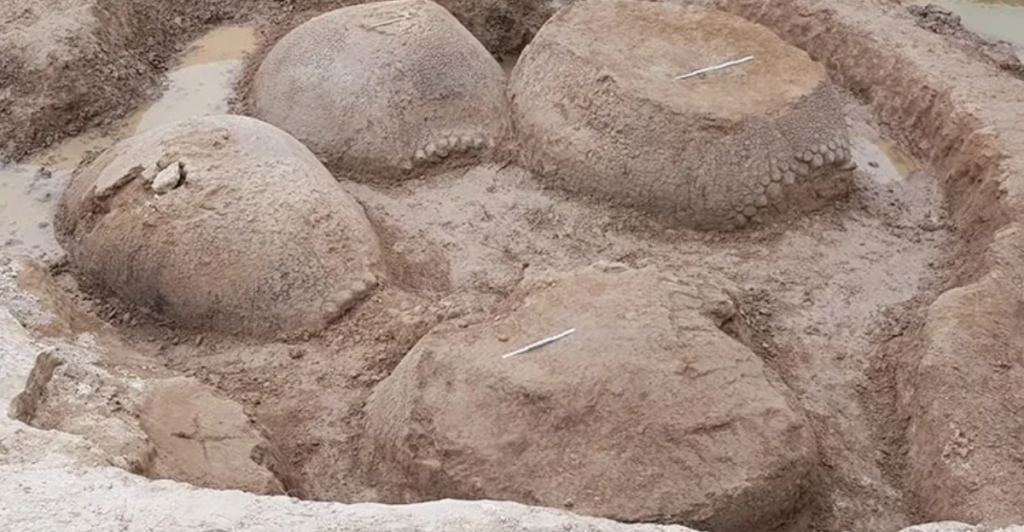
The landscape that glyptodons inhabited 21,000 years ago was vastly different from today’s Argentina. The Pampean region, where the fossils were found, was dominated by expansive grasslands interspersed with wetlands, which supported a rich variety of megafauna.
Alongside the giant armadillos, the environment was home to massive ground sloths, giant birds, and saber-toothed cats, all of which roamed the area. The climate was cooler and drier due to the Ice Age, which allowed the glyptodons to thrive in these savanna-like habitats.
By examining the fossils and the environment they lived in, researchers can better understand the ecological relationships of the time and how these ancient creatures adapted to their ever-changing surroundings.
The Extinction Puzzle
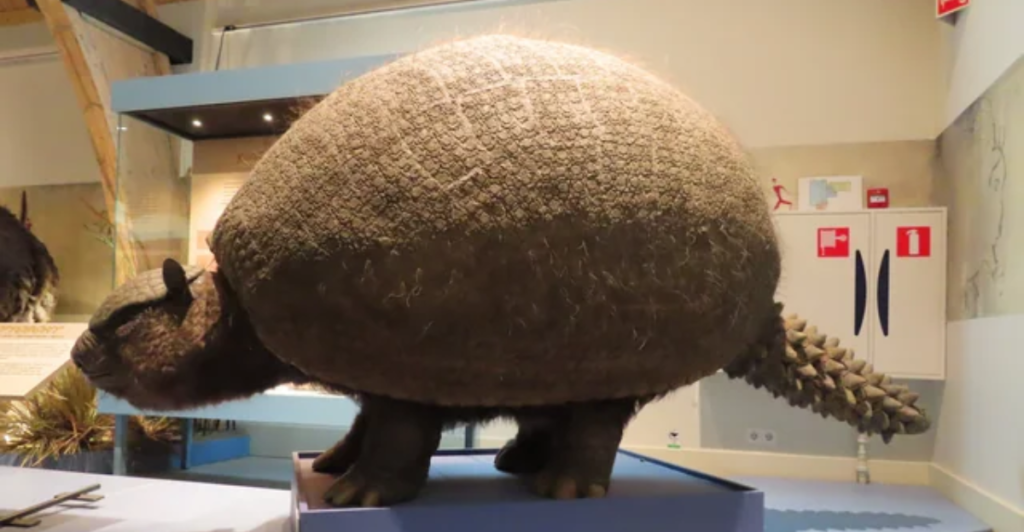
The extinction of the glyptodon remains one of the great mysteries of prehistoric South America. These giant creatures thrived for millions of years yet disappeared abruptly around 10,000 years ago, coinciding with the end of the Ice Age.
Researchers debate whether climate change, human hunting, or a combination of both factors led to their demise. The discovery of butchery marks on the 21,000-year-old fossils suggests that humans may have played a key role in their extinction, providing evidence for the “overkill hypothesis.”
This theory posits that human hunting, combined with environmental changes, overwhelmed the survival capabilities of species like the glyptodon, leading to their rapid disappearance from the fossil record.
Scientific Methodology and Challenges
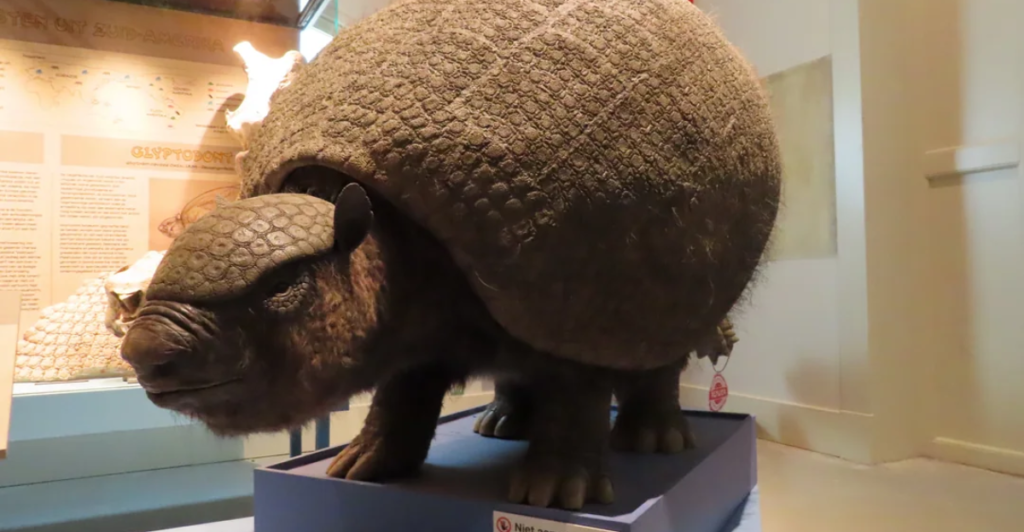
Analyzing the glyptodon fossils required a combination of advanced scientific techniques to extract the most detailed information possible. Researchers employed 3D scanning, microscopy, and statistical modeling to document the marks on the bones with unprecedented precision.
One major challenge was ruling out alternative explanations for the marks, such as carnivore activity or post-depositional damage. Despite these hurdles, the evidence for human involvement remains strong.
However, the absence of stone tools at the site presents a puzzle, suggesting that further excavation is needed. The team remains optimistic that more findings, including potential lithic tools, may emerge as work at the site continues.
Implications for Understanding Our Past

The discovery of glyptodon remains modified by humans has profound implications for our understanding of the early history of the Americas. It challenges long-standing theories about human migration, showing that ancient people were present in South America and interacting with megafauna much earlier than previously thought.
This find not only redefines our archaeological timeline but also offers valuable lessons for modern conservation efforts. By examining how humans contributed to the extinction of such powerful species, we gain a deeper understanding of the impact of human activity on the natural world, offering crucial insights as we navigate our current environmental challenges.
Explore more of our trending stories and hit Follow to keep them coming to your feed!

Don’t miss out on more stories like this! Hit the Follow button at the top of this article to stay updated with the latest news. Share your thoughts in the comments—we’d love to hear from you!



